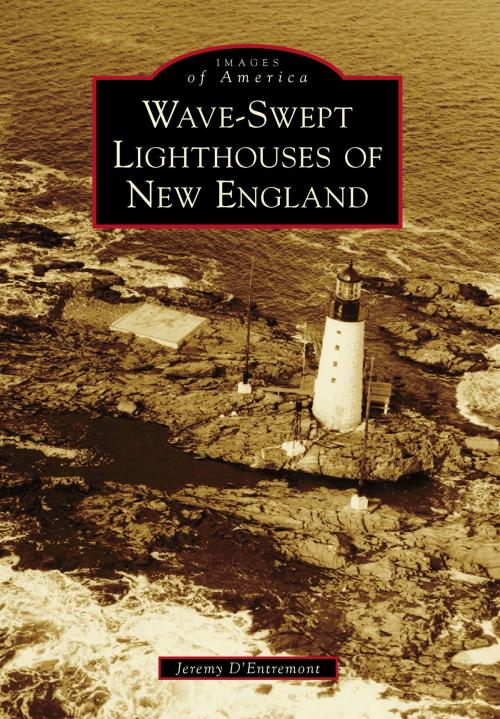Wave-Swept Lighthouses of New England
Nonfiction, Art & Architecture, Architecture, Public, Commercial, or Industrial Buildings, Photography, Pictorials, History, Travel, Museums, Tours, & Points of Interest| Author: | Jeremy D’Entremont | ISBN: | 9781439664476 |
| Publisher: | Arcadia Publishing Inc. | Publication: | July 2, 2018 |
| Imprint: | Arcadia Publishing | Language: | English |
| Author: | Jeremy D’Entremont |
| ISBN: | 9781439664476 |
| Publisher: | Arcadia Publishing Inc. |
| Publication: | July 2, 2018 |
| Imprint: | Arcadia Publishing |
| Language: | English |
The lighthouse is a pervasive icon in our culture, often used to symbolize positive qualities like faith, guidance, strength, and steadfastness. No structures embody these qualities more than wave-swept lighthouses, which were built to withstand the most extreme forces of wind and ocean waves, often in isolated, rocky locations far offshore. In the United States, the earliest attempts to build wave-swept lighthouses in the 1830s led to several masterpieces of engineering, a few of which are in the New England region. This book primarily focuses on six such structures: Whaleback (Maine), Saddleback Ledge (Maine), Minot's Ledge (Massachusetts), Halfway Rock (Maine), Graves Ledge (Massachusetts), and Ram Island Ledge (Maine). All of these wave-swept lighthouses stand in rugged testimony to the people who designed and built them, and they also serve to remind us of the struggles and sacrifices of the lighthouse keepers who "kept a good light" for so many years before automation.
The lighthouse is a pervasive icon in our culture, often used to symbolize positive qualities like faith, guidance, strength, and steadfastness. No structures embody these qualities more than wave-swept lighthouses, which were built to withstand the most extreme forces of wind and ocean waves, often in isolated, rocky locations far offshore. In the United States, the earliest attempts to build wave-swept lighthouses in the 1830s led to several masterpieces of engineering, a few of which are in the New England region. This book primarily focuses on six such structures: Whaleback (Maine), Saddleback Ledge (Maine), Minot's Ledge (Massachusetts), Halfway Rock (Maine), Graves Ledge (Massachusetts), and Ram Island Ledge (Maine). All of these wave-swept lighthouses stand in rugged testimony to the people who designed and built them, and they also serve to remind us of the struggles and sacrifices of the lighthouse keepers who "kept a good light" for so many years before automation.















